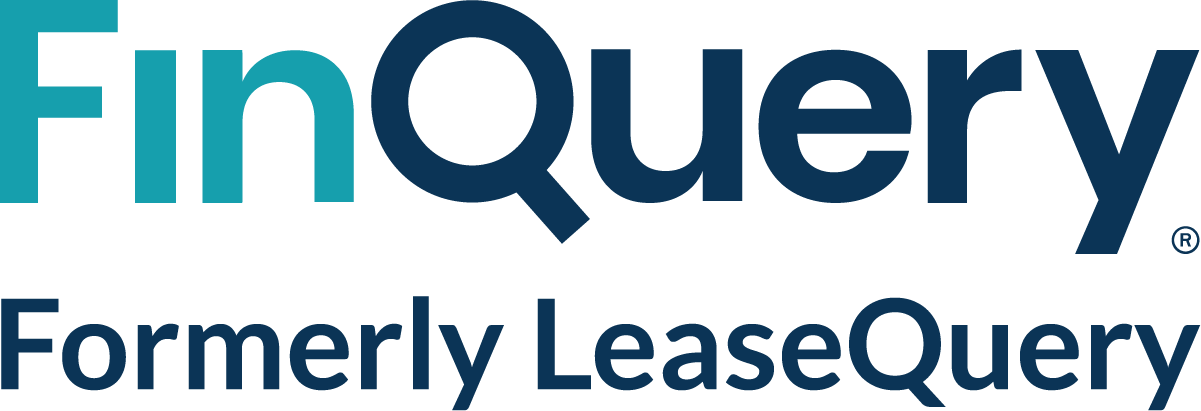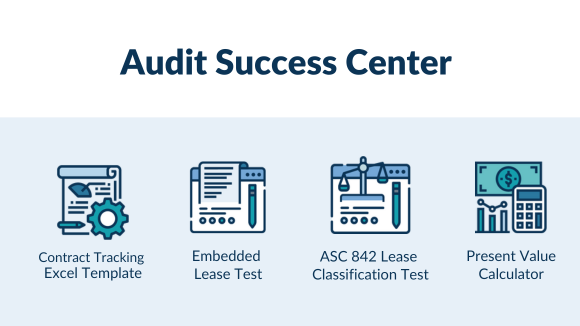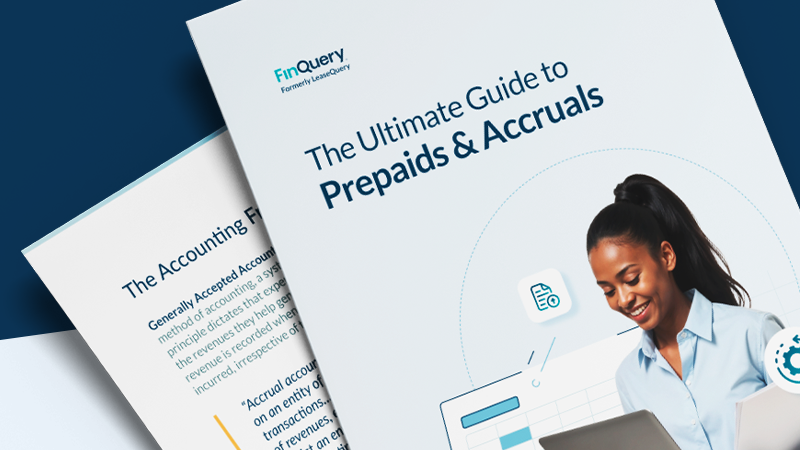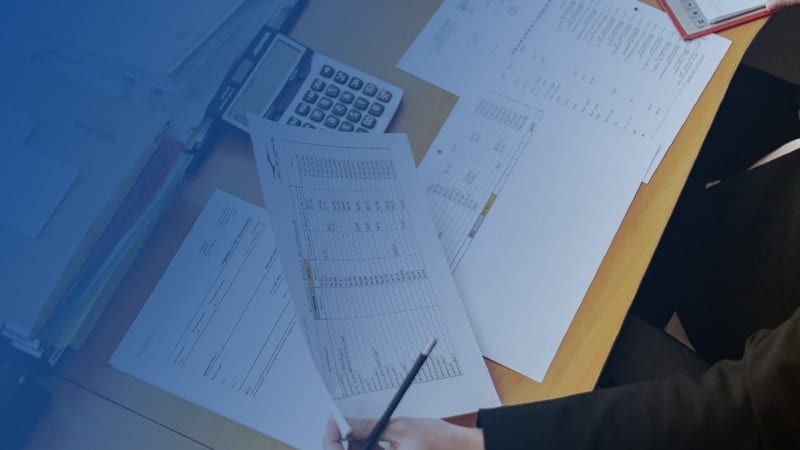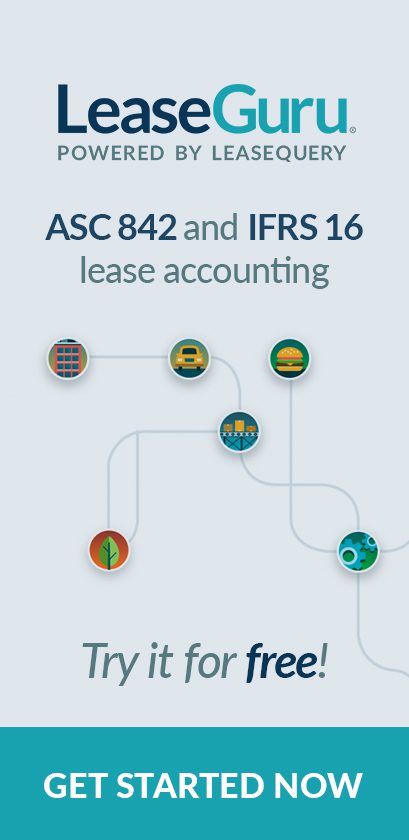Post-transition lease audits are more complex than expected
Recently, LeaseQuery conducted a survey in partnership with Encoursa to assess businesses’ first audit post-transition to the FASB ASC 842 and IFRS 16 lease accounting standards. The in-depth analysis, compiled into the Post-Transition Lease Audit Playbook, found that out of the organizations who completed their first post-transition audit, more than 50% reported reasonable to significant additional effort was needed.
The reality is that preparing for any audit is cumbersome and the demands of an organization’s audit are compounded by adding operating leases to the balance sheet. In an earlier report, LeaseQuery’s Lease Liabilities Index, we revealed that even with only a subset of organizations required to transition by 2019, average lease liabilities had already increased 1,479%. Not only do organizations who have not yet transitioned to the new lease accounting standards need to be preparing for an overhaul of their financial snapshot, their first post-transition audit is going to be very different as well.
Post-Transition Lease Audit Playbook
Organizations cannot approach their audit empty-handed
With such massive changes to audits on the horizon, accounting teams must become familiar with the lease accounting tools and other various resources available to them early on. Familiarity with these options will not only facilitate a smoother transition to the new lease accounting standards, it will also help prepare for a seamless first post-transition audit, and more efficient lease accounting processes moving forward.
Excel is not the answer
Excel’s lack of automation, efficiency, and audit trails will likely lead to hesitancy among accountants and their auditors as their first audit approaches. A significant amount of time will have to be carved out for an organization’s auditors to learn how spreadsheets are set up and calculated. Lease accounting technology, on the other hand, gives auditors read-only access to reports, and allows them to log into the software and create their own reports – such as leases added in the last 12 months – saving time for the accountant and the auditor and minimizing the amount of additional information requested.
Accountants should ask their auditor for help before the audit arises
Believe it or not, auditors don’t want the audit to be difficult for the accountant or for them. Opening up a line of communication prior to the audit, or even before transition, will leave less room for surprises during the audit and fewer questions later. Setting up planning meetings and taking guidance from auditors from day one will give accountants peace of mind knowing all judgement calls and interpretation of the new lease accounting standards are agreed upon in advance.
Look for the silver linings
All the time accountants are spending transitioning to the appropriate new lease accounting standard, and then preparing and completing the first post-audit transition is actually worth more than a one-time success story. While the first post-transition audit does require all hands on deck, it will also enhance data transparency and enable departments to work together more efficiently. Some of the deeper insights organizations may see on the other side of their first post-transition audit include:
- Uncovered embedded leases: Because some leases are embedded in another contract, it is fairly common for these to historically not have been accounted for as leases. However, with more scrutiny around embedded leases under the new standards, organizations are uncovering significant impacts to their balance sheets. Use LeaseQuery’s free tool to start checking for embedded leases before they get overlooked.
- Improved internal controls: Once accountants have gone through and accurately recorded all their leases on the balance sheet, and completed their transition and audit, it’s time to decide what to do next in order to stay current on correct accounting for leases. Working through their audit to determine a steady state for their lease accounting processes post-transition allows businesses to recognize new internal control proficiencies to help with future post-compliance reporting.
- Increased department efficiencies: With lease accounting software in place to help automate tasks like calculations, reports, bill payment, and journal entries, many companies are able to complete their lease accounting transition and post-transition audit without adding additional staff to their team. Implementing purpose-built lease accounting tools will ultimately make the transition, the audit, and future lease accounting processes go more smoothly.
Now is not the time to take a hiatus on beginning your transition
It’s no surprise that in the wake of a global pandemic, news of the lease accounting transition deadline extension was welcomed by organizations across the world. However, this is only an extension. The deadlines are still on the horizon, and the challenge of a post-transition audit still looms for those organizations that have yet to transition. The Post-Transition Lease Audit Playbook highlights the actions organizations should do in preparation for the audit to set themselves up for success.
Summary
Completing your lease accounting audit post-transition isn’t just a learning curve for businesses. Each new lease accounting standard presents a significant learning curve for auditors as well. An organization’s first audit however, is the moment of truth after transitioning to the new lease accounting standards. This will determine what you’ve done right, what needs to be changed, and what processes need to be evaluated for more efficient lease accounting and audits in the future. It’s imperative that organizations do the appropriate research and take all the right steps to establish some peace of mind before embarking on their audit.
To learn more about the data and statistics we uncovered when researching companies’ first post-transition audits, download our Post-Transition Audit Lease Playbook. The report analyzes the complexities accountants faced before, during, and after their audit, and unveils the financial insights and efficiencies discovered along the way.
Post-Transition Lease Audit Playbook
